Tag: state senate
-
Election legislation roundup: New York State Senate
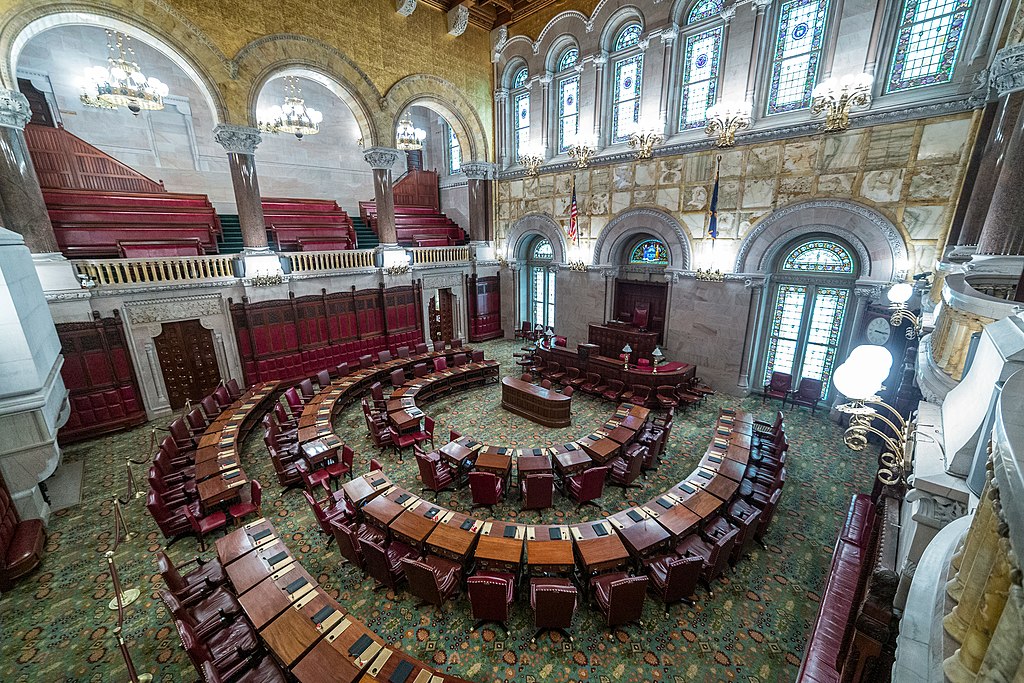
As of Feb. 26, Ballotpedia has tracked 111 election-related bills in the New York State Senate since the beginning of the year. Of the 111, Ballotpedia tracked four from Feb. 20-26. Democrats sponsored two, while Republicans sponsored two. The four bills are: NY S04867: Exempts the county of Fulton from the requirement that at least…
-
Election legislation roundup: Iowa State Senate
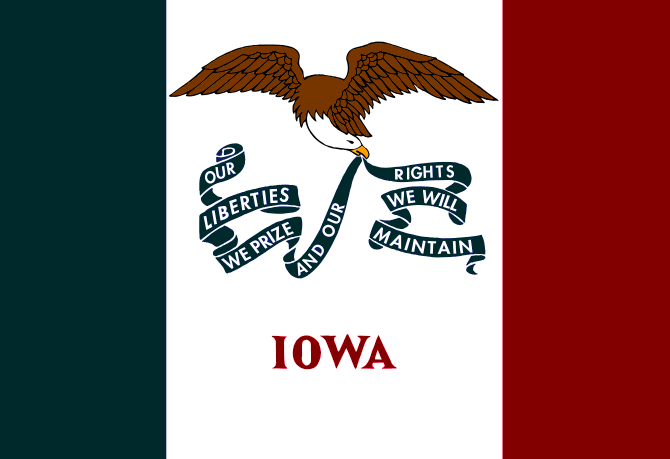
As of Feb. 26, Ballotpedia has tracked four election-related bills in the Iowa State Senate since the beginning of the year. Of the four, Ballotpedia tracked three from Feb. 20-26. Republicans sponsored two, while no sponsors have been listed for the remaining bill. The three bills are: IA SF342: A bill for an act relating…
-
Election legislation roundup: North Carolina State Senate

As of Feb. 26, Ballotpedia has tracked three election-related bills in the North Carolina State Senate since the beginning of the year. Of the three, Ballotpedia tracked one from Feb. 20-26. A bipartisan group of legislators sponsored the bill. The bill is: NC S137: Const. Amendment/Repeal Literacy Test, Sens. Gale Adcock (D), Valencia Applewhite (D),…
-
Election legislation roundup: Kentucky State Senate
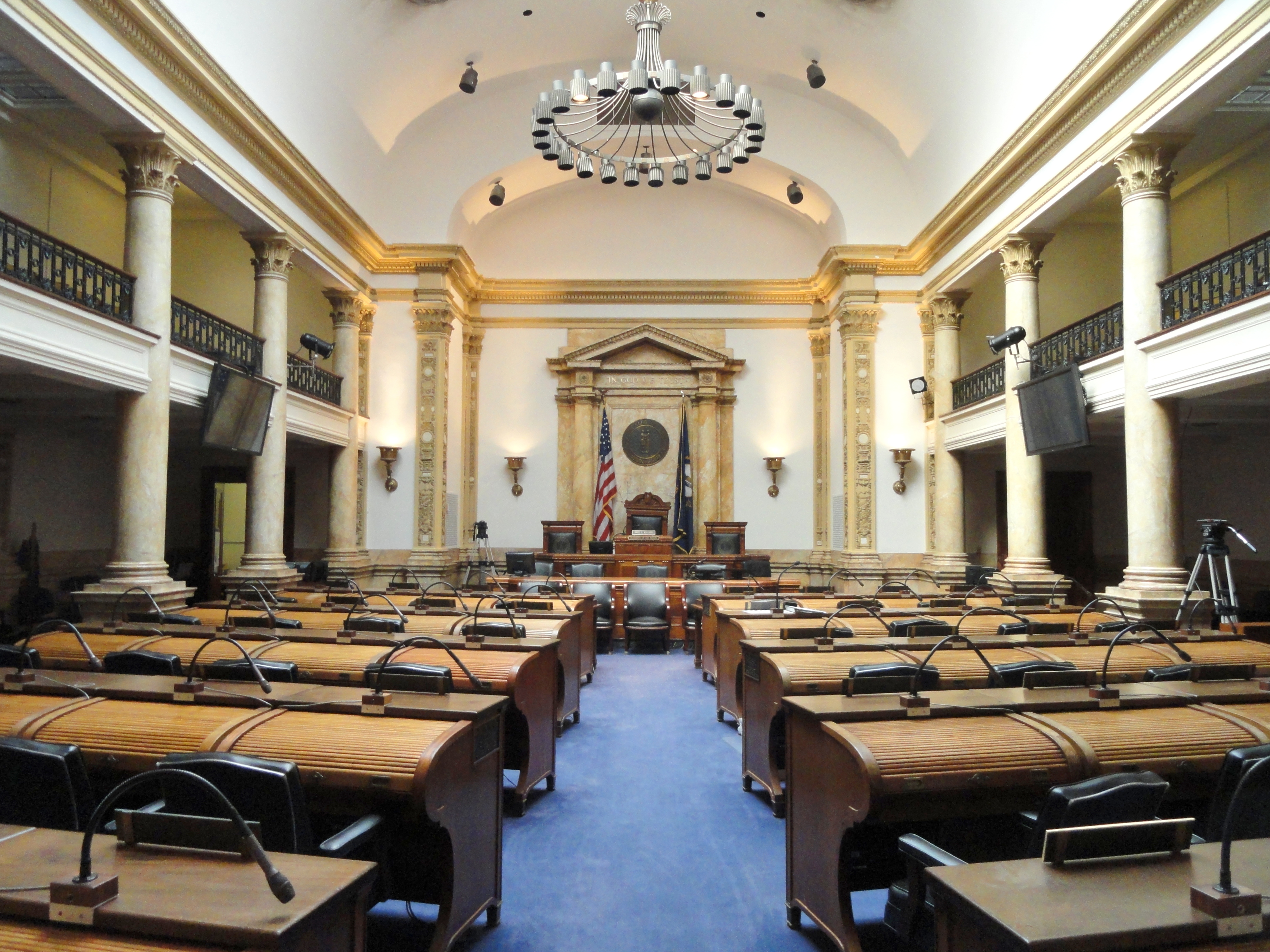
As of Feb. 26, Ballotpedia has tracked eight election-related bills in the Kentucky State Senate since the beginning of the year. Of the eight, Ballotpedia tracked two from Feb. 20-26. Republicans sponsored these bills. The two bills are: KY SB250: AN ACT relating to elections, Adrienne Southworth (R) and Lindsey Tichenor (R). Prohibits voting systems…
-
Iowa Senate committee advances unemployment insurance bill
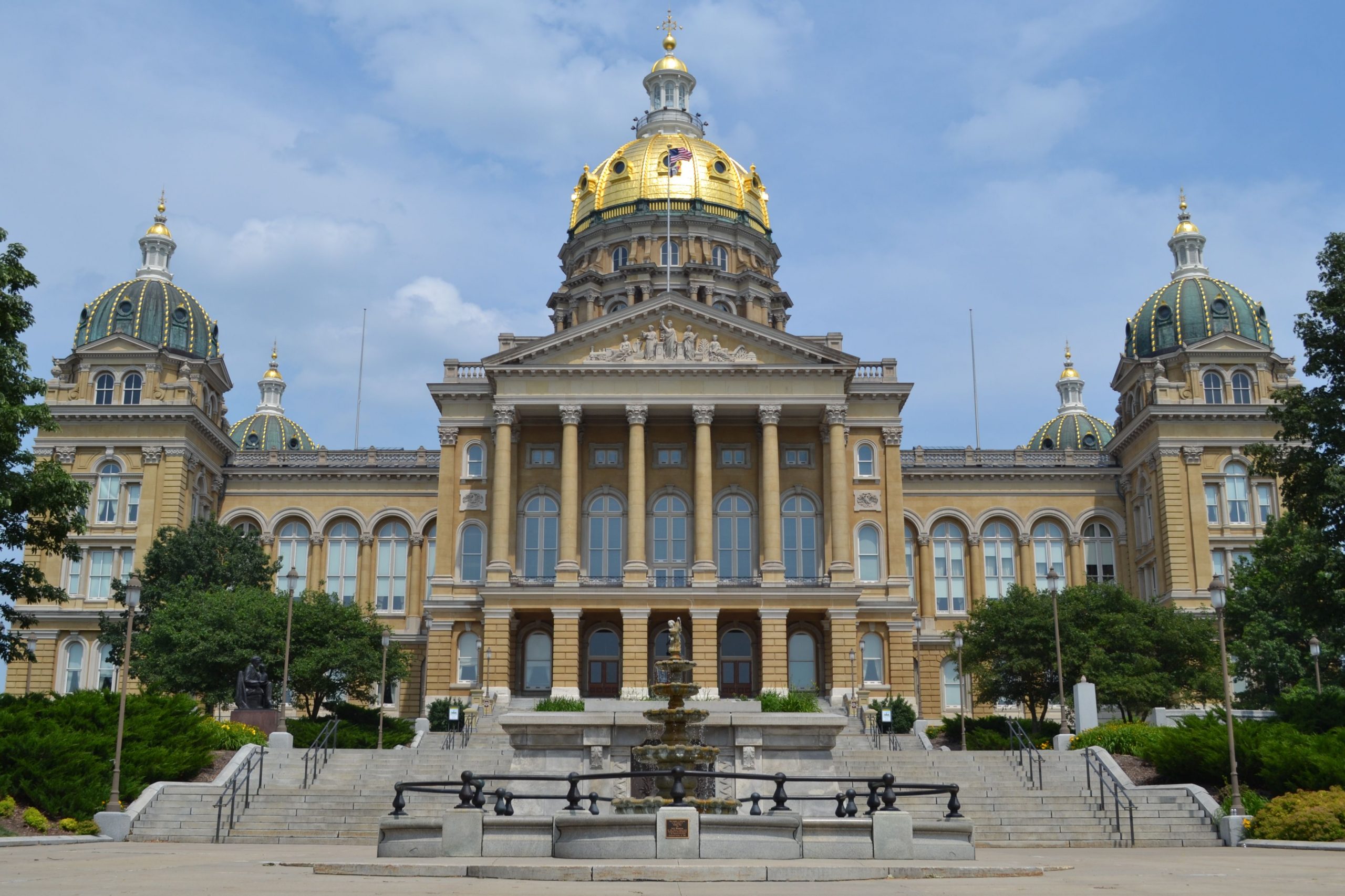
The Iowa Senate’s Workforce Committee advanced a bill on February 28 that proposed reducing the maximum weekly unemployment insurance benefit amount families with three or more dependent children could claim. Currently, Iowa considers the number of dependents an individual or family cares for in determining benefit amounts. This proposed change would create a formula with…
-
Election legislation roundup: New York State Senate

As of Feb. 19, Ballotpedia has tracked 107 election-related bills in the New York State Senate since the beginning of the year. Of the 107, Ballotpedia tracked five from Feb. 13-19. Democrats sponsored three, while Republicans sponsored two. The five bills are: NY S04673: Requires voters voting by affidavit ballot to produce an identification document to…
-
Election legislation roundup: Kentucky State Senate

As of Feb. 19, Ballotpedia has tracked six election-related bills in the Kentucky State Senate since the beginning of the year. Of the six, Ballotpedia tracked one from Feb. 13-19. Democrats sponsored the bill. The bill is: KY SB125: An Act relating to elections, Sen. Denise Harper Angel (D). Requires the state board of elections to…
-
Election legislation roundup: Wisconsin State Senate

As of Feb. 19, Ballotpedia has tracked four election-related bills in the Wisconsin State Senate since the beginning of the year. Of the four, Ballotpedia tracked one from Feb. 13-19. Republicans sponsored the bill. The bill is: WI SB69: Restoration of the right to vote to a person barred from voting as a result of…
-
Election legislation roundup: North Carolina State Senate

As of Feb. 19, Ballotpedia has tracked two election-related bills in the North Carolina State Senate since the beginning of the year. Of the two, Ballotpedia tracked one from Feb. 13-19. Republicans sponsored the bill. The bill is: NC S88: Election Day Integrity Act, Sens. Ted Alexander (R), Lisa Barnes (R), Kevin Corbin (R), Warren Daniel…
-
Election legislation roundup: New Jersey State Senate
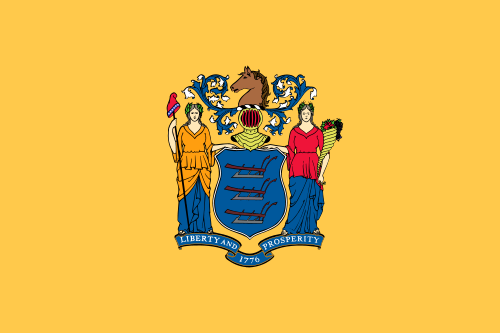
As of Feb. 19, Ballotpedia has tracked 46 election-related bills in the New Jersey State Senate since the beginning of the year. Of the 46, Ballotpedia tracked one from Feb. 13-19. Democrats sponsored the bill. The bill is: NJ S3593: Changes certain General Election deadlines, Sen. Andrew Zwicker (D). During the week of Feb. 13-19, Ballotpedia…

